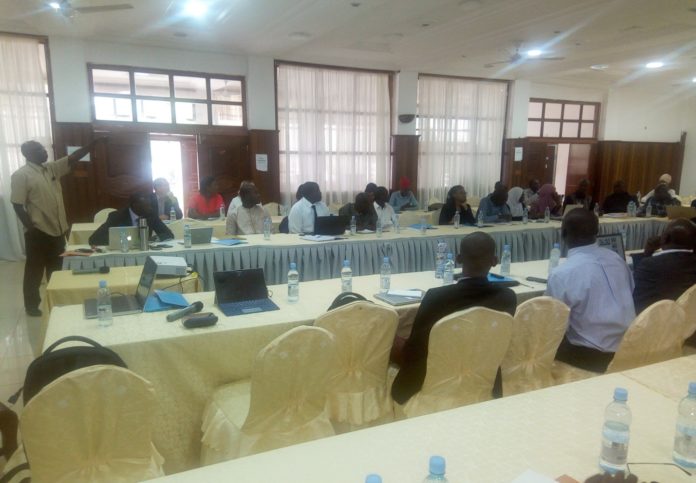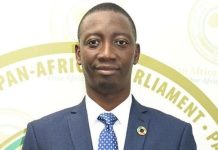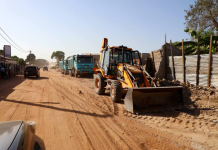BY: Ndey Sowe
The Gambia Bureau of Statistic (GBoS), presented the results of the 2018 Gambia Labour Force Survey (GLFS) conducted from July to December 2018, on the 10th of January 2019 at a local hotel in Senegambia. The survey was conducted by GBoS in collaboration with the Ministry of Trade, Regional Integration and Employment (MoTIE), on behalf of the Government of the Gambia.
The 2018 GLFS is the second of such survey conducted by Government, in collaboration with Development Partners and other stakeholders. The aim of the survey is to provide a benchmark data on some characteristics of the labour market in the Gambia, with the first comprehensive labour force survey conducted in 2012.
The specific objective of the survey includes obtaining information on Labour Force Participation Rates (LFPR); employment to population ratios; employed and unemployed population; hours of work; employment in the informal economy; rates outside the labour force; education attainment and illiteracy; income from employment, and the number of child labourers.
In his statement, the Statistician General Nyakassi M. B. Sanyang, said the objective of the workshop is to share the findings of the survey to a bigger group, in order to improve the quality of the report; that they will present key findings of the survey, to be followed by questions and answers to finalize the report.
He said the first survey was conducted in 1992, which he described as a short national survey; but that in 2018, the report was bigger but has been finalized in a short period. “The 2012 survey was the first national survey to be conducted in the Gambia and was more comprehensive in coverage and guided by ILOs guidelines,” he said.
Sanyang continued that the 2018 survey was the most recent study and is more comprehensive in terms of coverage and content, than in 2012. He opined that by the end of the workshop, participants will emerge with genuine and tangible recommendations for the improvement of the report.
In his deliration, the Deputy Permanent Secretary at the Ministry of Trade, Industry, Regional Integration And Employment Lamin Dampha, said the 2018 survey will provide the Gambia Government, NGOs, private citizens and stakeholders, with labourt market information on related indicators that could be used as a basis for making smart policy formulation, decision making and program monitoring and evaluation; that for socio economic development and employment promotion, Government and development partners can now use the report findings to formulate policies and make decisions for the population as planned, in the country’s National Development Plan (NDP) blueprint framework.
“The 2018 Survey report shows that the working age population constitute 1,256,859 persons. Among the local government areas, the West Coast Region has the highest proportion with 46.3%, followed by Kanifing at 21.3%, and Kerewan at 8.4%; that by age group, 68.2% of the population is of working age and their ages range between 36-64 years. The results further show that 53% of the population is in the labour force while 43% are outside,” he stated.
He explained that the Survey reported on education, employed and unemployment persons, informal sector activities, household youth employment and unemployment, as well as external migration.
He thanked UNDP for funding the Survey and GBoS for conducting the Survey from November 2017 to July 2018. He also thanked his Ministry, Government as well as the ILO, for their technical support in finalizing the survey instrument.





















